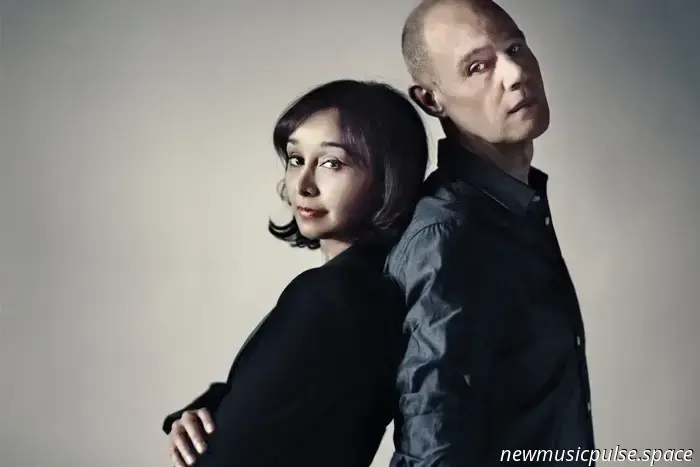
Sonya Madan of Echobelly is reminiscing about Britpop and the 1990s. “In the early days, I was dating a journalist from NME,” she shares with CLASH. “He had a cassette from Radiohead and mentioned, ‘I have to review this and I plan to trash it.’”
They played the tape, and ‘Creep’ blasted from the speakers. “I turned to him and said, ‘Are you insane?’” Madan reflects on that moment, her disbelief evident even after all these years. “I advised him to write a positive review, and he did, but looking back, that was just the way things were. The media held the power to make or break an artist… and I think it went to their heads.”
It wasn't only music journalists who were intoxicated by their own inflated egos. When thinking about Britpop, or Britain during that era, one’s mind conjures images that are confidently self-assured—perhaps overly so. Understatement was absent in a time when champagne and cocaine seemed to fuel a hedonistic lad culture.
Beneath the surface, however, there was a distinct wave of creativity that converged at just the right time, producing something truly exceptional.
—
—
Madan describes the period as a "total kind of self-reflection," considering not just 30 years of Britpop but also her band’s iconic 1995 album, ‘On’. “We were exploring what it meant to be British. It wasn’t just through music; it was also seen in the young artists at that time. It was everywhere. Even the political climate felt a bit audacious, confident, and innovative,” she explains.
This is undoubtedly true. In the art scene, Damien Hirst’s sculptures were challenging the norms, while Tracy Emin’s provocative art was shaking up the conservative values of a country grappling with its own identity, both small and capital ‘C’. The 90s ultimately witnessed the fall of the Conservative Party, which had held power in Westminster for almost two decades, paving the way for the hopeful, centrist vision of New Labour.
Beyond the guitar-heavy Britpop scene, other music styles flourished in Britain. Bristol became the birthplace of trip hop with acts like Portishead, Tricky, and Massive Attack. Meanwhile, The Prodigy and Chemical Brothers were pushing the boundaries of dance music.
This fervent creativity fostered a sense of national pride. ‘Cool Britannia’ dominated the airwaves, and British pop culture became more liberated than an It Girl enjoying a free bar. Liam Gallagher and Patsy Kendit featured in Vanity Fair draped in a Union Jack, while Noel Gallagher mingled with Tony Blair at Number Ten. Jarvis Cocker grabbed headlines for his cheeky stunt at the 1996 Brit Awards during Michael Jackson’s performance, and Blur and Oasis engaged in a chart rivalry that captivated the nation during tealtime news.
Amidst all this were Echobelly, celebrated by Morrissey and pursued by Madonna for her Maverick label. R.E.M. supposedly shifted from the pastoral sound of ‘Automatic for the People’ to the grunge of ‘Monster’ after being inspired by the band’s powerful 1993 debut, ‘Everyone’s Got One’.
Clash spoke with Sonya Madan and guitarist Glenn Johansson about Britpop and to get insights on their second album, ‘On’. The band is currently on tour, commemorating three decades of this remarkable work, an album that has stood the test of time remarkably well. It's also set to be re-released on vinyl. New music is on the horizon as well, but details on that will come later.
The foundations of Britpop were laid during the grunge explosion in the early 90s. Retrospectively, Suede’s emergence in ’92 proved to be a larger catalyst than music magazines at the time suggested. When Blur returned in ’93, discarding shoegaze and baggy styles for influences like XTC, Kinks, and Bowie while sporting Fred Perry and Doc Martens for their second album, ‘Modern Life is Rubbish’, it marked the onset of something significant.
Echobelly found themselves placed within the budding British indie scene by the media—an outcome more coincidental than intentional—but not all of their contemporaries could say the same. “[Britpop] was quite elitist,” admits Madan. “Many mediocre acts were just trying to check off the boxes to be included in the scene. There was a lot of sloganism.”
—
—
Today, it’s difficult to envision the music press having enough influence to drive significant changes. Many publications have shuttered, and those that remain are grappling with the internet’s unspoken availability of free articles, along with social media facilitating direct connections between artists and fans. However, the situation was different in the 90s.
“Artists simply had to accept


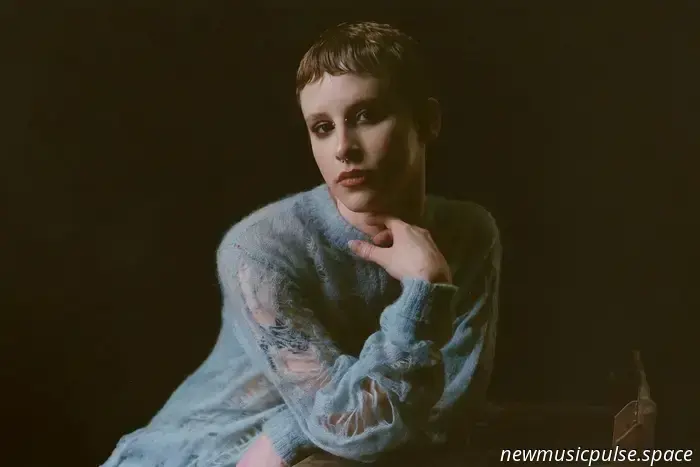
Cathartic grunge created between the DIY grassroots of Los Angeles and New Jersey.
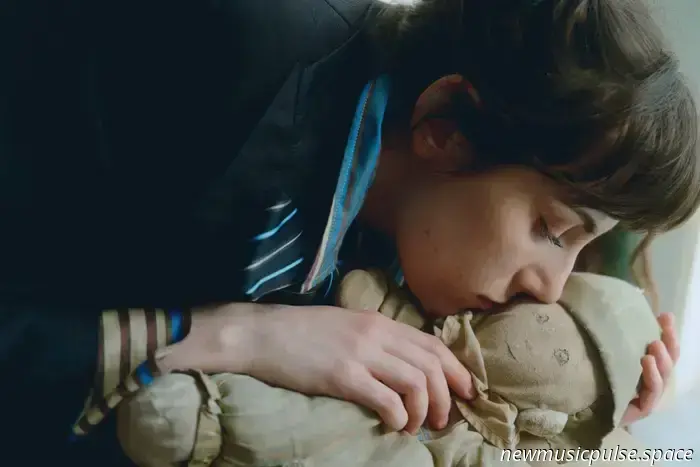
She continues to navigate her uncertainty through writing.
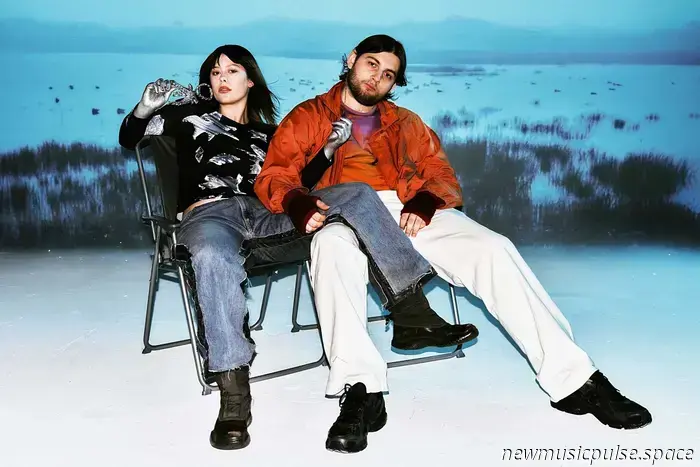
With the new project featuring FKA twigs and Nia Archives collaborator Ethan P Flynn alongside the classically trained and highly skilled Ava Gore, Silver Gore is ready to challenge any boundaries.
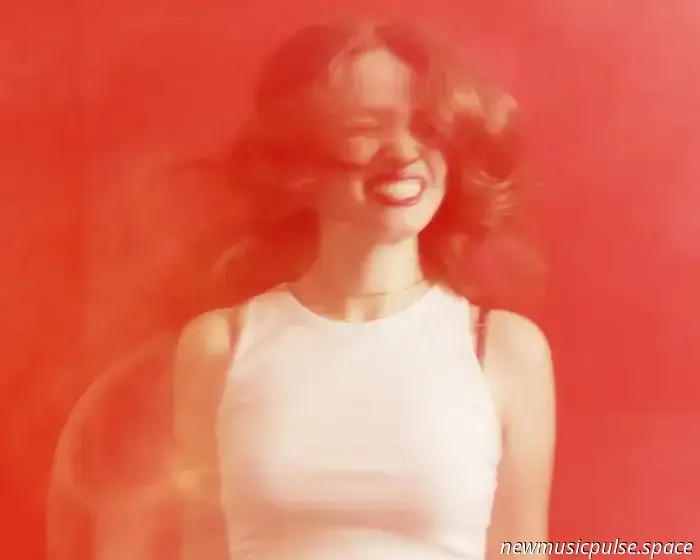
Sofia Gobbi is back with her new single 'idk'. The emerging talent had a remarkable summer, releasing a series of excellent songs. Packed with energy, her indie tracks are all high-energy hits.
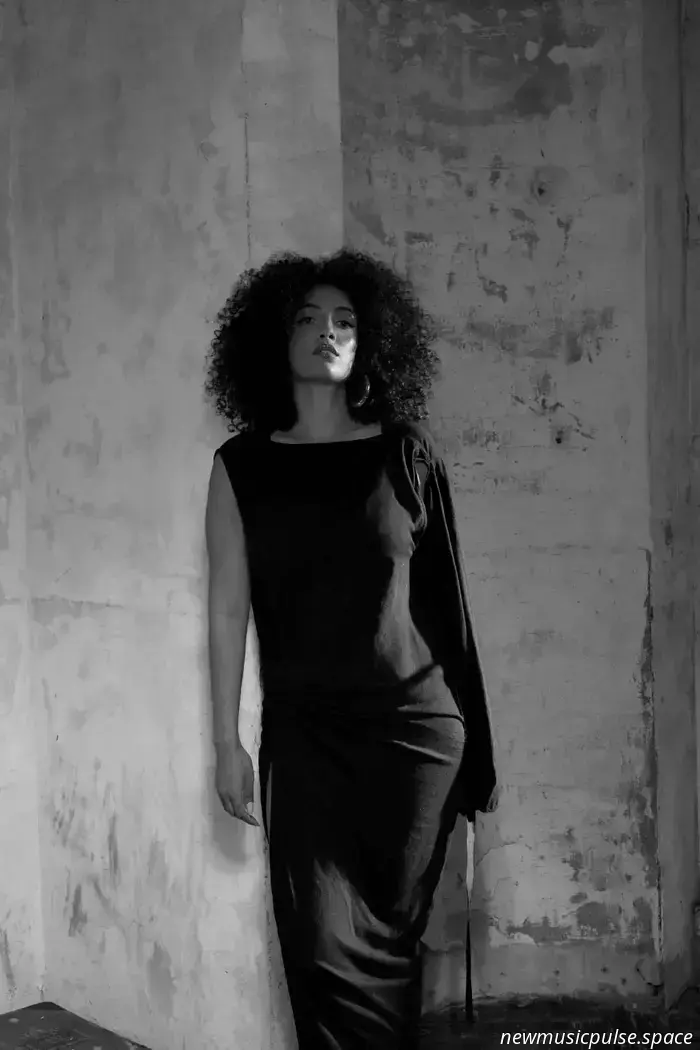
Amsterdam singer SABRI shines on her latest single, 'Sold Myself For Love'. The songwriter has Algerian-Moroccan roots but was raised in the Dutch capital.
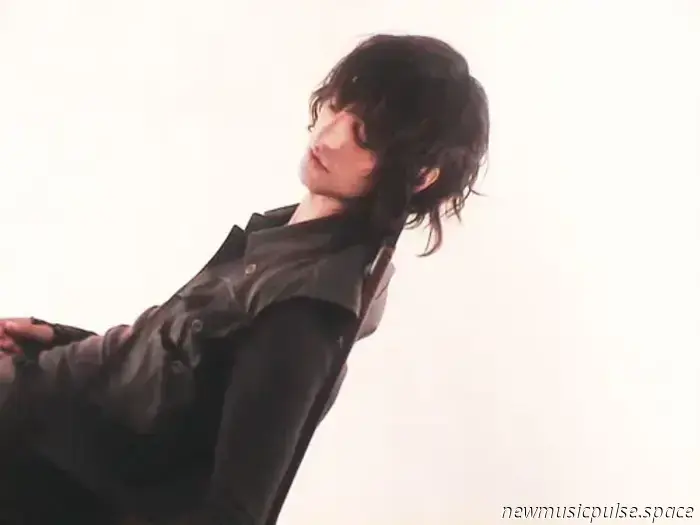
Max Baby has announced the upcoming release of his new EP titled 'BREAK'. The alt-pop artist is making swift progress, especially with his debut EP still new on streaming platforms.
Echobelly’s Sonya Madan reflects on Britpop and the 1990s. “In the beginning, I was seeing an NME journalist,” she shares with CLASH. “He had a…”